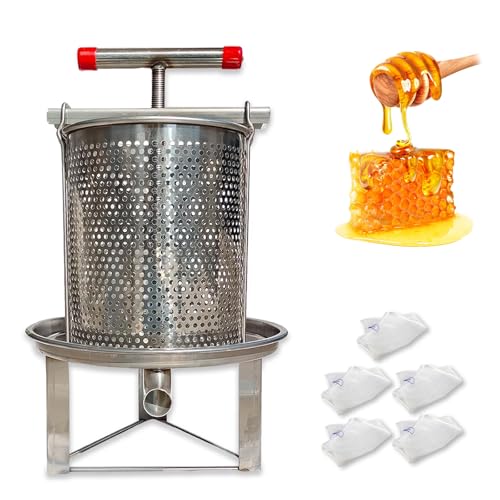I did not know that differing enantiomers (Left hand and Right hand) cause the differences in the smell of oranges vs. the smell of lemons. I absolutely understand that concept and was actually learning more about it in Organic Chem class today. And yes, that is a very important concept in the drug industry. Sometimes one sided enantiomer may fight a ailment while the other side actually fights a person's cells. This must be known before drugs are produced and used.
Regarding sugars, I am not sure that
this is what causes the differences between corn syrup and sugar water. However, the way in which the carbon is bonded in glucose chains makes a big difference. Glucose polymer chains are normally called starch. If the carbon is bonded in a specifically different way, then those chains of "glucose" molecules are actually cellulose such as cotton or wood fiber. The mirror images could possibly be a factor but I believe there are other differences that are more important.
I do know that sugar contains mostly sucrose. Sucrose is a molecule that is simply a combination of glucose and fructose. Because of that, is is called a disaccharide and is not as quickly absorbed into life systems in comparison to glucose and fructose (monosaccharides). Nectar is a combination of glucose, fructose, and sucrose. A difference that I see between sugar and regular corn syrup is that while sugar contains fructose and glucose, corn syrup is just pure glucose. However, high fructose corn syrup has both glucose and fructose. I really would need to better understand honey bee metabolism of sugar to know whether there is any serious differences in the way they use corn syrup vs sugar water.
The following link offers some very interesting information regarding what nectar really is.
Sweet solutions: nectar chemistry and quality


















































